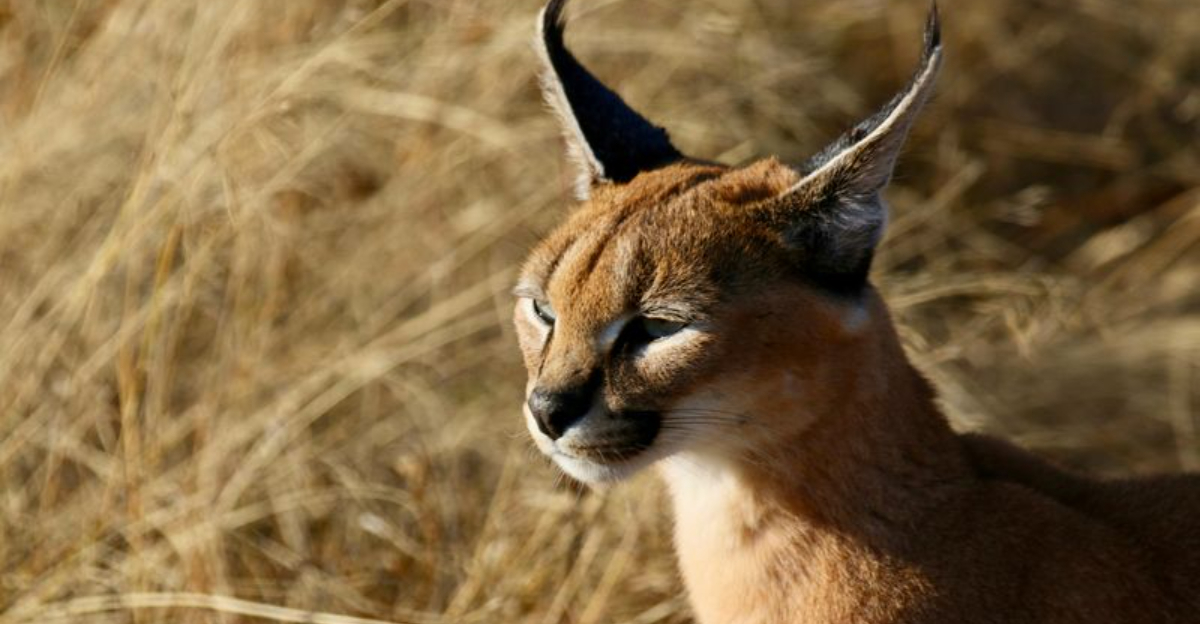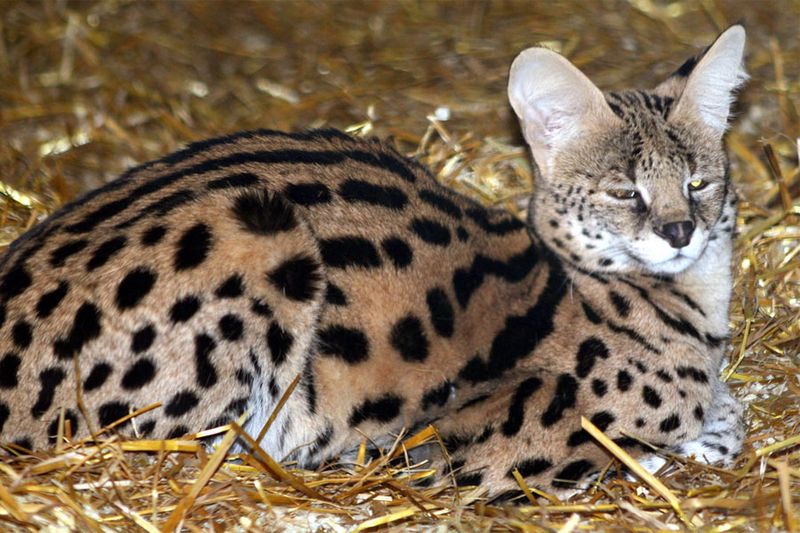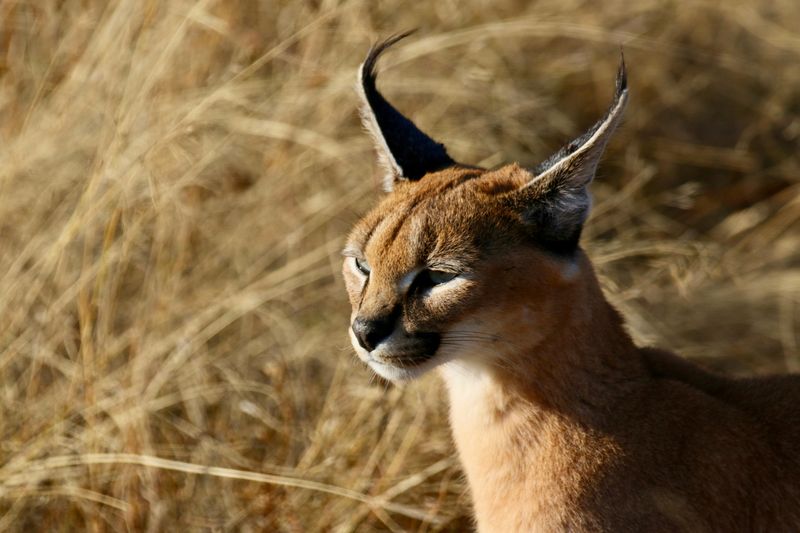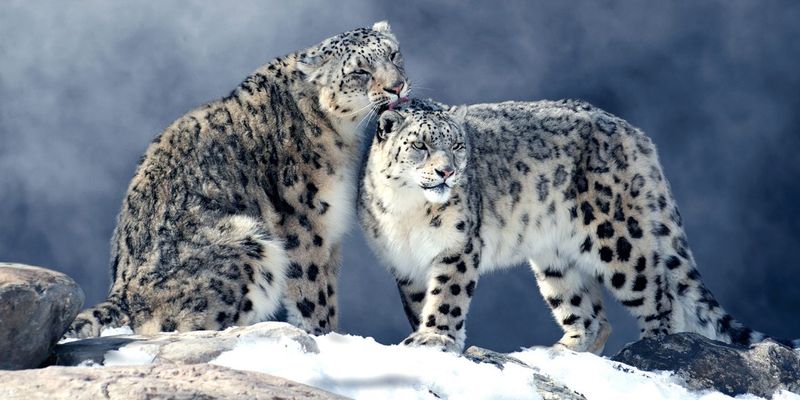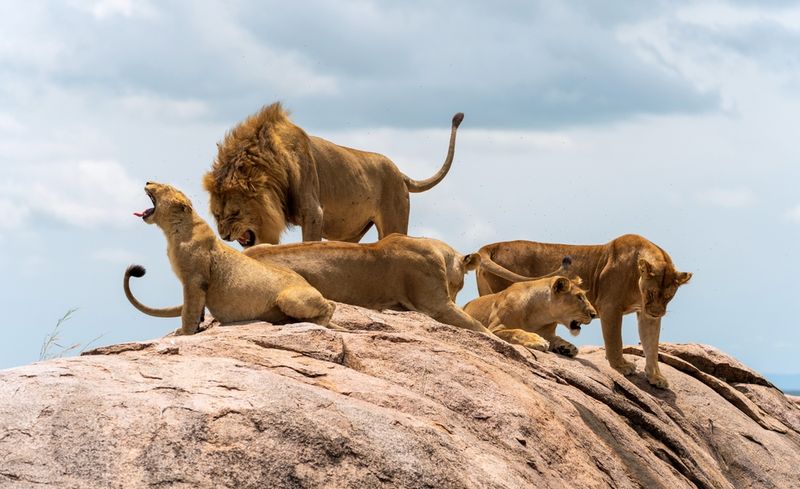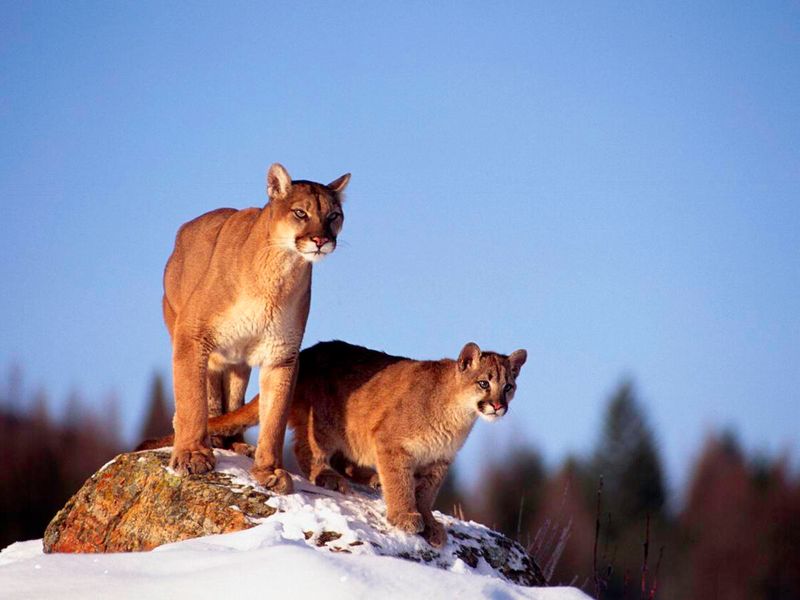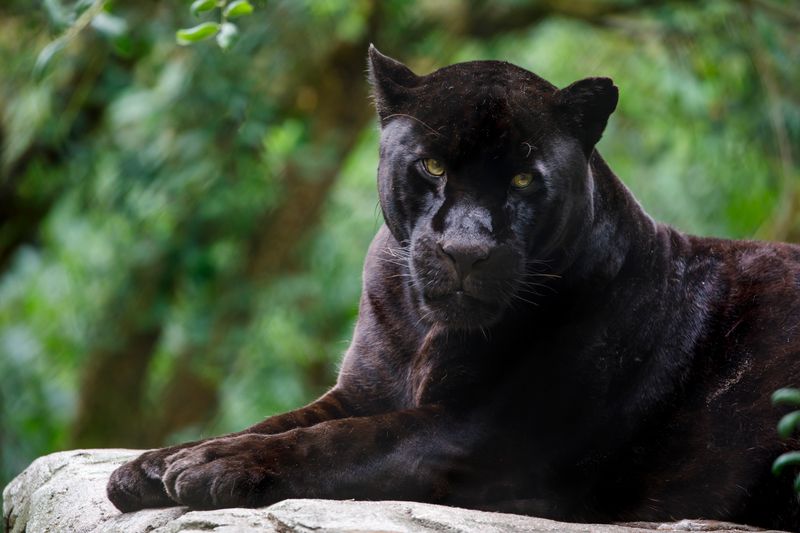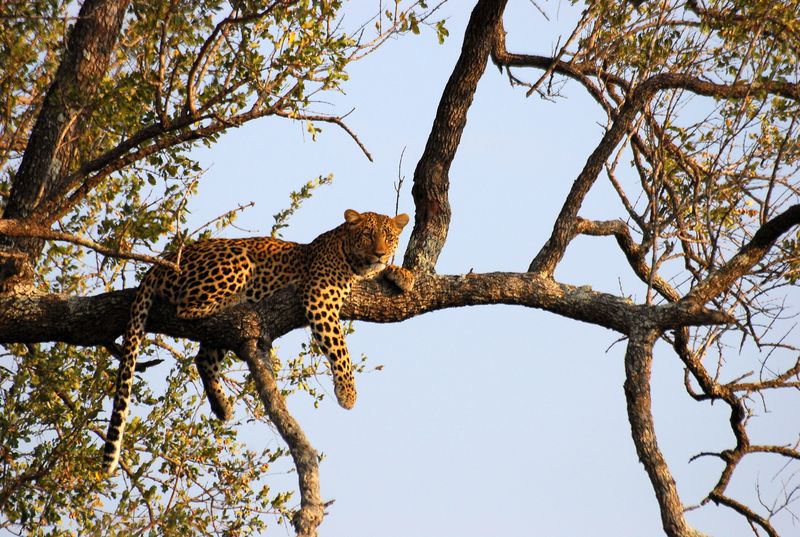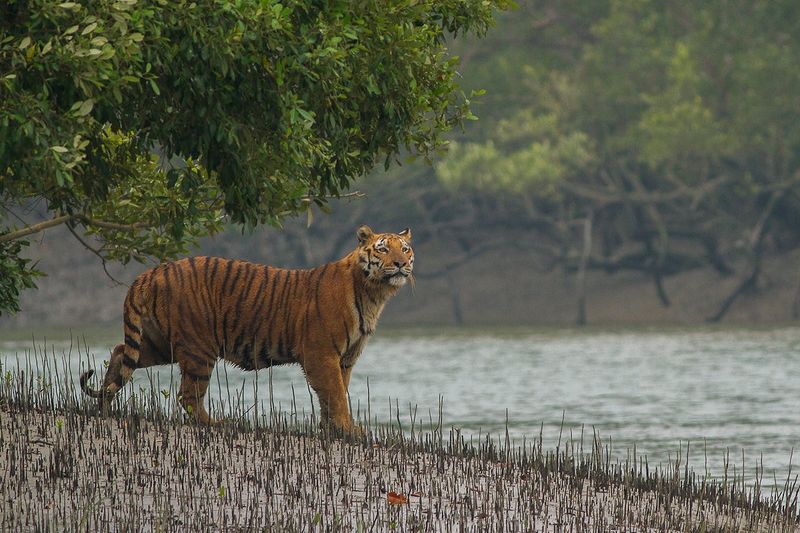📖 Table of Content:
With their sharp claws, muscular builds, and instinctual cunning, these felines have evolved into apex hunters capable of ruling their respective habitats. While some are enormous and visually imposing, others are deceptively small but incredibly lethal, defying expectations with their efficiency and precision.
The ranking of the world’s deadliest wild cats isn’t based solely on size or ferocity. Factors like hunting success rate, adaptability, physical strength, and even documented interactions with humans were considered. Each of these creatures plays a vital role in the ecosystems they inhabit, often perched at the top of the food chain with few natural threats besides humans.
From jungle prowlers to mountain phantoms, these cats exemplify the power of evolution and natural selection. Their physical abilities and hunting methods are as varied as the terrains they occupy. Some stalk silently under dense canopy cover, while others sprint across open plains with unparalleled speed. This list explores the top ten deadliest among them, offering a look into what makes each one unique—and dangerous.
10. Serval (Leptailurus serval)
Standing tall on long, stilt-like legs, the serval is a master of precision hunting in Africa’s grasslands and wetlands. Its disproportionately large ears grant it exceptional hearing, allowing it to detect even the slightest rustle of rodents or birds in the underbrush. When it strikes, the serval can leap up to 10 feet vertically, often snatching birds straight from the air with astonishing accuracy. Unlike larger cats, servals rely more on agility and sensory perception than brute strength. Their success rate when hunting is remarkably high, often exceeding 50%, which is rare among felines. Despite their elegant appearance and smaller size, they are formidable in their niche and occasionally take down prey as large as hares or small antelopes. This sleek and silent predator epitomizes efficiency, elegance, and lethality in equal measure.
9. Caracal (Caracal caracal)
With its sharply pointed, black-tufted ears and muscular frame, the caracal cuts an imposing figure despite being mid-sized. Native to Africa, the Middle East, and parts of Central Asia, this cat thrives in arid and semi-arid regions where stealth and speed are key. It is best known for its gravity-defying leaps, capable of springing more than 10 feet into the air to snatch multiple birds in a single jump. Caracals are solitary and highly territorial hunters, preying on birds, rodents, reptiles, and small antelope. Their powerful limbs and sleek build give them an explosive burst of speed, making them deadly ambush predators. In folklore and ancient art, they were revered for their grace and agility, often featured in royal imagery. Beneath that elegant exterior lies a predator of stunning power and precision, perfectly tuned for fast, decisive kills.
8. Snow Leopard (Panthera uncia)
Living in the frigid, high-altitude mountains of Central and South Asia, the snow leopard is an elusive predator with incredible physical adaptations. Thick fur, powerful limbs, and a long tail for balance help it thrive in rocky, vertical terrain where few other predators can survive. It preys on mountain goats, ibex, and other highland animals, often stalking from high vantage points before launching a calculated attack down steep slopes. Human sightings are rare, contributing to its mystique and nickname: “ghost of the mountains.” Despite its shy reputation, the snow leopard is capable of killing animals more than three times its weight. Conservationists admire its quiet dominance in one of the world’s harshest environments. As an apex predator in the Himalayas, its role is as crucial as it is fearsome.
7. Clouded Leopard (Neofelis nebulosa)
Sporting large canine teeth and an elongated body, the clouded leopard looks like a prehistoric throwback—and its hunting skills live up to the impression. Native to Southeast Asia’s dense forests, it is a tree-dwelling expert that hunts monkeys, birds, and small deer with equal efficiency. Its short legs and massive paws give it excellent grip and climbing ability, allowing it to descend trees headfirst. Despite its smaller size compared to other big cats, it is pound-for-pound one of the strongest climbers in the feline family. The clouded leopard is rarely seen in the wild, adding an air of mystery to its reputation. With the bite force to rival a much larger predator, it’s an outlier that punches far above its weight. Its rarity in the wild has only elevated its status as a hidden but dangerous hunter.
6. Lion (Panthera leo)
Unlike most wild cats, lions are social animals that live and hunt in coordinated groups called prides. This cooperative behavior makes them remarkably effective predators, especially on Africa’s open savannas where teamwork is key. A single lioness might not always succeed in a hunt, but the combined force of several adults can bring down large prey like wildebeest, zebras, and even elephants in some cases. Their fearlessness and group strength make them one of the most feared animals in Africa, not just by prey but occasionally by local human populations as well. In certain regions, lions have developed a reputation for man-eating, particularly in historical incidents like the Tsavo attacks. Their iconic manes and thunderous roars symbolize dominance, but it’s their calculated, deadly efficiency in hunting that truly earns them a spot on this list. With few natural predators and immense physical power, lions remain a defining force in the animal kingdom.
5. Cougar (Puma concolor)
Native to a vast range stretching from Canada to the southern Andes, cougars are one of the most adaptable predators in the Western Hemisphere. Their lithe bodies and long tails allow them to move gracefully through forests, mountains, and deserts alike. Cougars hunt primarily by ambush, using elevation and cover to surprise prey such as deer, goats, and smaller mammals. While attacks on humans are uncommon, when they do occur, they can be fatal due to the cougar’s strong jaws and claws. These solitary animals are incredibly territorial, with home ranges spanning hundreds of square miles. Their eerie, high-pitched screeches and ghost-like presence have earned them the nickname “ghost cat.” In silence and shadow, the cougar asserts its lethal authority across a wide ecological spectrum.
4. Cheetah (Acinonyx jubatus)
Built for speed rather than strength, the cheetah is the fastest land animal, capable of reaching speeds up to 70 mph in short bursts. What it lacks in raw power, it makes up for in agility and acceleration, enabling it to chase down antelope and other swift prey in open terrain. Cheetahs typically rely on keen eyesight rather than scent to spot prey, initiating high-speed pursuits that often last less than a minute. Their slender, aerodynamic bodies and long tails provide balance during rapid directional changes. Unlike many big cats, cheetahs rarely scavenge and are not aggressive toward humans, but their hunting method is remarkably precise and deadly. After a successful takedown, cheetahs must eat quickly before stronger predators like lions or hyenas arrive. They may be the least intimidating at a glance, but in their niche, few cats are as effective.
3. Jaguar (Panthera onca)
Possessing the most powerful bite relative to its body size among all wild cats, the jaguar uses its jaws like a biological sledgehammer. Unlike most big cats that go for the neck, jaguars often kill by biting directly through the skull or shell of their prey, instantly targeting the brain. Native to the dense rainforests and river systems of Central and South America, they are superb swimmers and frequently hunt aquatic animals such as caimans and fish. Their rosette-patterned coats blend perfectly with dappled jungle light, making them nearly invisible as they stalk silently through underbrush. Jaguars exude a level of raw muscularity that allows them to pull prey into trees or through water with ease. Human-jaguar conflicts are rare, but these cats are regarded with awe and caution by many indigenous communities. Their blend of brute force, stealth, and adaptability makes them among the most feared predators in the Americas.
2. Leopard (Panthera pardus)
Leopards are the epitome of feline stealth, often lurking just feet away from unsuspecting prey in total silence. Found across Africa and Asia, they boast the widest range of any big cat, a testament to their adaptability and intelligence. This cat’s stocky frame, powerful limbs, and strong jaws make it a formidable ambush predator, capable of dragging prey much heavier than itself up trees to avoid scavengers. Notably, leopards often live in close proximity to human settlements and are known to prey on livestock and occasionally people, particularly in parts of India. Their secretive behavior and nocturnal habits make them hard to spot but deadly in execution. A leopard’s hunting success often lies in its patience, choosing the perfect moment to pounce after tracking for hours or even days. Agile, solitary, and ruthless, the leopard is a master of calculated violence.
1. Tiger (Panthera tigris)
Dominating the top of the list, the tiger stands as the largest and one of the most powerful of all wild cats. Weighing up to 660 pounds, this solitary predator uses strength, stealth, and surprise to take down large prey such as deer, buffalo, and even crocodiles. Its ambush style of hunting often involves silently tracking prey before delivering a fatal bite to the neck or throat. Despite their elusive nature, tigers have been responsible for more human fatalities than any other big cat species in history. There have been entire historical accounts, such as the infamous Champawat Tiger, that speak to their deadly potential. Their striking orange coats with black stripes not only mesmerize but also serve as perfect camouflage in sun-dappled forests and grasslands. Tigers command respect in every region they inhabit, from Siberia’s frozen taiga to the humid jungles of India.
